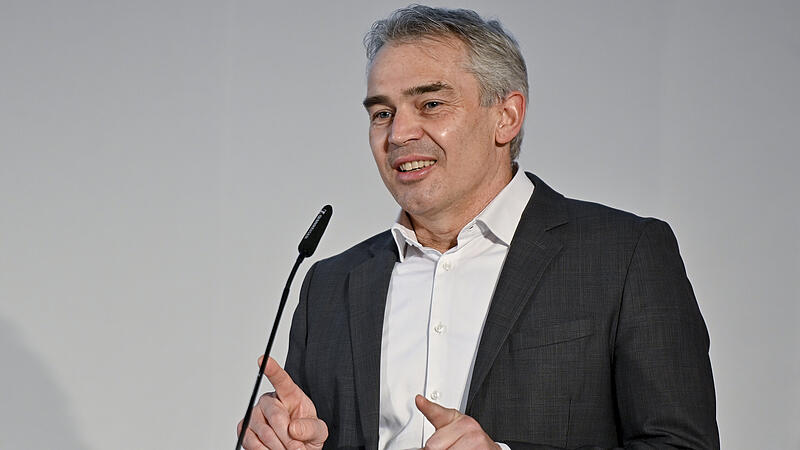The next wave will be a wave among the unvaccinated, said epidemiologist Gerald Gartlehner on Thursday at 1-“Morning journal”. Like the complexity researcher Peter Klimek, he believes that the intensive care units are very unlikely to be overloaded. Large-scale closures will not be required in the fall, the experts said.

No general school closings imaginable
Protective measures such as wearing a mask and keeping your distance will continue to be necessary. Klimek can envision restrictions for example with Chren, indoor sports or night gastronomy. An expansion of the 2G rule is also conceivable. General school closings are epidemiologically unnecessary, the researcher told the morning journal. Both experts assume that the number of people who have recovered from a coronavirus infection – more than 650,000 were verifiably infected – is twice as high. In addition, almost 55 percent of the total population have already received the full corona vaccination.
How the pandemic will develop in autumn is still unclear. In any case, Klimek expects fewer hospital stays with the same high number of cases as in the previous waves. Whether this will be a factor of two, three, four or five depends on the pandemic phase, the researcher said. Gartlehner emphasized that the next wave will affect unvaccinated people. The third booster will be important, the epidemiologist said. This should start in Austria in October.

Pain threshold: 10,000 new infections per day
Previously, Herwig Ostermann, Managing Director of Health Austria (GG), had not yet rated the increasing number of infections as critical. According to the current status, the health system would cope with 3,000 to 10,000 new infections a day without overloading the intensive care units, he said “delivery man” (Thursday edition). The age distribution in which the virus circulates is decisive: the younger the infected population, the more infections they can cope with.

Jane Stock is a technology author, who has written for 24 Hours World. She writes about the latest in technology news and trends, and is always on the lookout for new and innovative ways to improve his audience’s experience.




